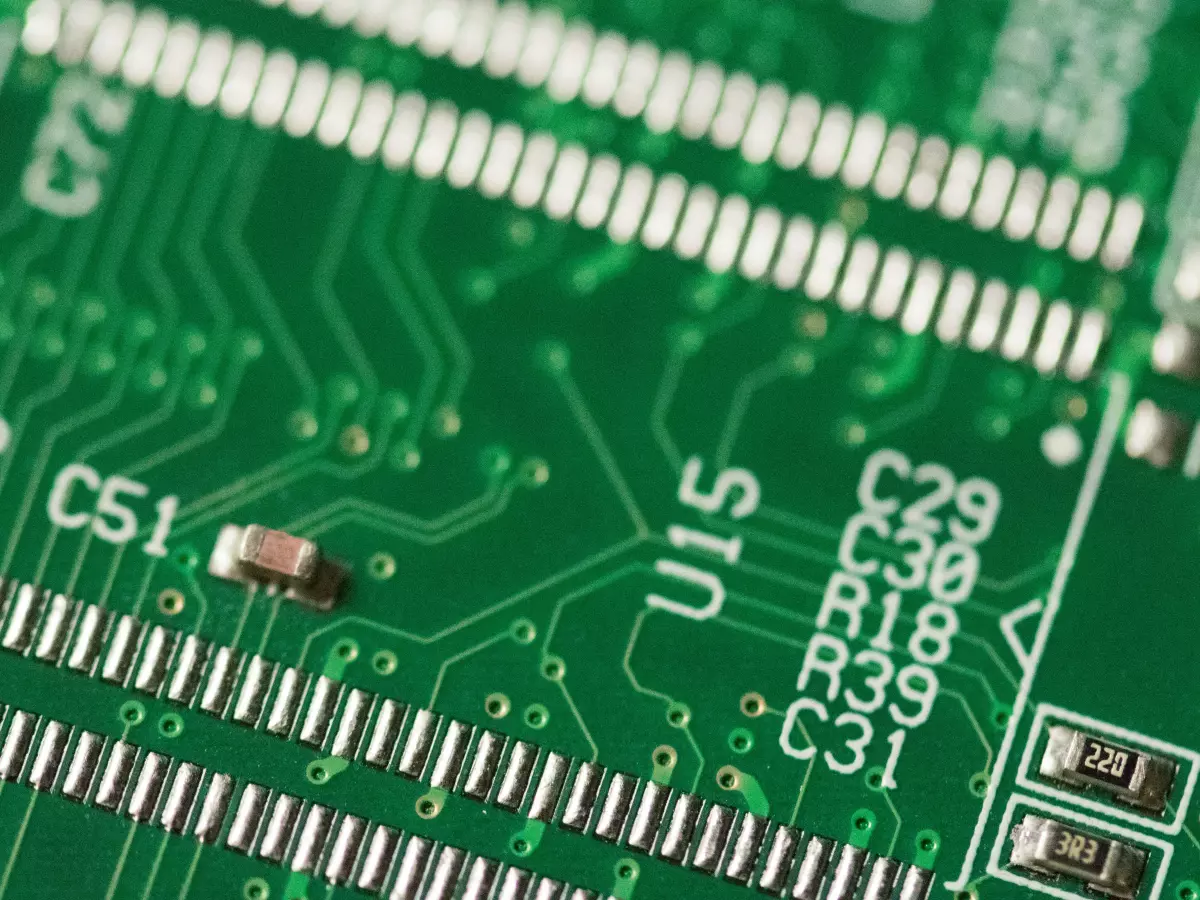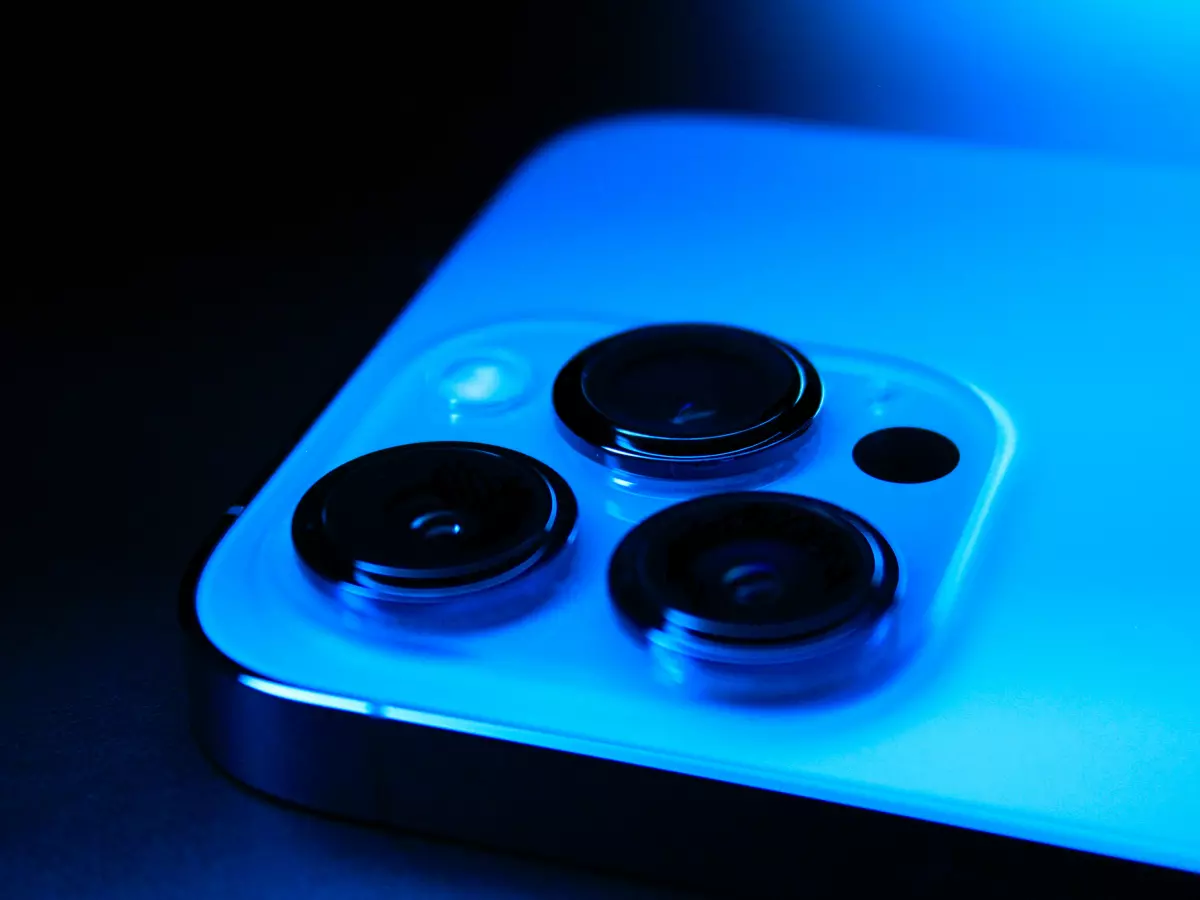Earpiece Evolution
You’ve probably never given much thought to your smartphone’s earpiece. It’s just there, doing its job, right? But what if I told you that this tiny component is packed with more tech than you’d expect?
By Isabella Ferraro
Let’s start with a little-known fact: the average smartphone earpiece is capable of handling frequencies between 300 Hz and 3400 Hz. That’s a pretty narrow range compared to the full spectrum of human hearing, which spans from 20 Hz to 20,000 Hz. But here’s the kicker—this limited range is actually a feature, not a bug. It’s designed to prioritize human speech, filtering out unnecessary background noise and focusing on the frequencies that matter most for communication.
Now, you might be wondering: why not just make the earpiece capable of handling the full range of sound? Well, it’s all about efficiency. The earpiece is optimized for voice calls, which means it doesn’t need to reproduce the booming bass or high-pitched treble that you’d expect from a music speaker. Instead, it’s laser-focused on delivering clear, intelligible speech, even in noisy environments.
The Role of MEMS Microphones
But the earpiece doesn’t work alone. It’s part of a larger system that includes microphones, noise-cancellation algorithms, and even the phone’s software. One of the unsung heroes of this system is the MEMS (Micro-Electro-Mechanical Systems) microphone. These tiny devices are incredibly sensitive and can pick up even the faintest sounds, which are then processed and amplified by the phone’s internal hardware.
MEMS microphones are also crucial for noise cancellation. By picking up ambient sounds and feeding them into the phone’s noise-cancellation algorithms, they help to filter out background noise and ensure that your voice comes through loud and clear. This is especially important in noisy environments like city streets or crowded cafes, where background noise can easily drown out your voice.
Active Noise Cancellation: Not Just for Headphones
Speaking of noise cancellation, did you know that many smartphones now feature active noise cancellation (ANC) for voice calls? This technology, which is more commonly associated with high-end headphones, is becoming increasingly common in smartphones as well.
Here’s how it works: the phone’s microphones pick up ambient noise, and the phone’s software generates an “anti-noise” signal that cancels it out. This allows you to hear the person on the other end of the call more clearly, even in noisy environments. It’s a game-changer for anyone who’s ever struggled to hear a phone call in a crowded place.
But ANC isn’t just about making your voice calls clearer. It also helps to improve the overall quality of the sound coming from the earpiece. By reducing background noise, it allows the earpiece to focus on reproducing the frequencies that matter most for speech, resulting in clearer, more intelligible sound.
Smart Amplifiers: Small but Mighty
Another key component of the smartphone earpiece system is the smart amplifier. This tiny chip is responsible for boosting the sound coming from the earpiece, ensuring that it’s loud enough for you to hear, even in noisy environments.
But smart amplifiers do more than just make the sound louder. They also help to protect the earpiece from damage by monitoring the temperature and electrical current flowing through the earpiece. If the amplifier detects that the earpiece is getting too hot or that the current is too high, it will automatically reduce the volume to prevent damage.
This is especially important in modern smartphones, which are often designed to be as thin and lightweight as possible. The smaller the phone, the less space there is for cooling, which means that components like the earpiece are more susceptible to overheating. Smart amplifiers help to mitigate this risk, ensuring that your earpiece lasts as long as possible.
Software Optimization: The Unsung Hero
Of course, all of this hardware would be useless without the right software to tie it all together. Modern smartphones use sophisticated algorithms to optimize the sound coming from the earpiece, adjusting the volume, equalization, and noise cancellation in real-time to ensure the best possible sound quality.
For example, many smartphones use dynamic equalization to adjust the frequency response of the earpiece based on the type of content you’re listening to. If you’re on a voice call, the phone will prioritize the mid-range frequencies that are most important for speech. But if you’re listening to music or watching a video, the phone will adjust the equalization to provide a more balanced sound.
Some smartphones even use machine learning to improve the quality of voice calls. By analyzing the sound of your voice and the ambient noise around you, the phone can learn to optimize the sound coming from the earpiece, ensuring that you always hear the other person clearly, no matter where you are.
The Future of Smartphone Earpieces
So, what’s next for smartphone earpieces? One possibility is the integration of bone conduction technology, which transmits sound through the bones of your skull rather than through the air. This technology is already being used in some specialized headphones, and it could eventually make its way into smartphones as well.
Another possibility is the use of haptic feedback to enhance the sound coming from the earpiece. By vibrating the phone’s frame in sync with the sound, haptic feedback could create a more immersive audio experience, making it feel like the sound is coming from all around you rather than just from the earpiece.
Whatever the future holds, one thing is clear: the humble smartphone earpiece is far more complex than most people realize. From MEMS microphones to smart amplifiers to active noise cancellation, there’s a lot of technology packed into this tiny component. So, the next time you take a phone call, take a moment to appreciate the engineering marvel that’s sitting right next to your ear.





